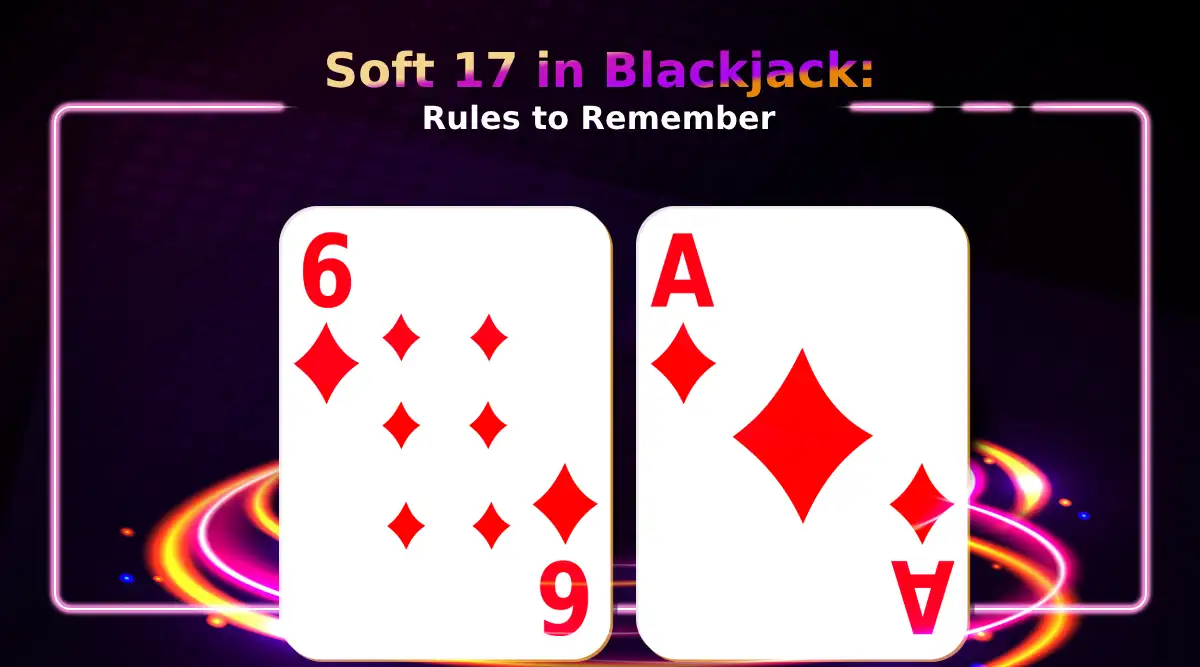
The allure of Blackjack, one of the top casino games for many, lies in its rich blend of strategy, skill, and chance. It’s a game that challenges the novice and veteran alike. Within this matrix of decision-making, the “soft 17 Blackjack” rule emerges as a focal point, often mystifying even those well-acquainted with the game. Recognizing and mastering this rule can be a game-changer in maximizing one’s success at the table.
Soft 17 Blackjack: Mastering the Rule for Optimal Play
At the heart of our deep dive into soft 17 Blackjack is, of course, understanding what constitutes this specific hand. A soft 17 combines an Ace’s value of 1 or 11 with a 6. The “soft” label denotes flexibility. Adding a card poses no bust risk, as the Ace can change value if the total surpasses 21.
Find fellow card game lovers’ opinion on the game, and the rules, by reading our online casino game reviews.













